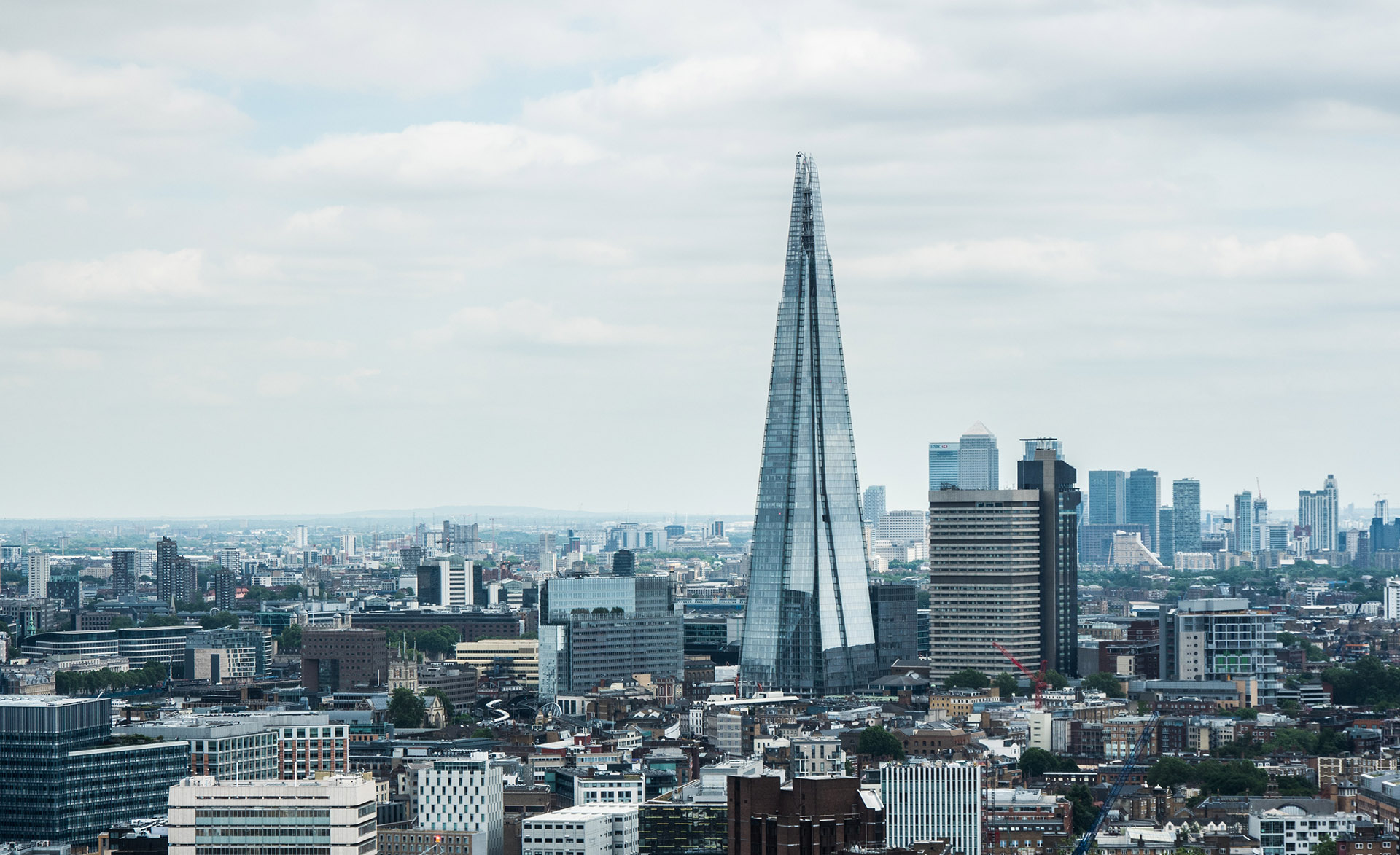HAZOP PROCESS DESCRIPTION Technical and Process Safety are terms used to describe safety requirements in the design, operation, and handling of hazardous substances in the Process Industry. As an aspect of Technical Safety, Hazop sessions are usually conducted in compliance with IEC 61882:2017 (Hazard and Operability Studies Application Guide). The multi-disciplinary session involves safety assessment, hazard identification, and the establishment of engineering/safety solutions (safeguards) to adequately mitigate those identified risks. HAZOP can be carried out on an entirely new system or upgrade an existing process system. Using the guidewords as aid, Hazop identifies potential hazards associated with all aspects of a given operation; presenting conclusive recommendations.
-
Arabic
-
ar
Bengali
-
bn
English
-
en
French
-
fr
German
-
de
Hindi
-
hi
Indonesian
-
id
Portuguese
-
pt
Russian
-
ru
Spanish
-
es




